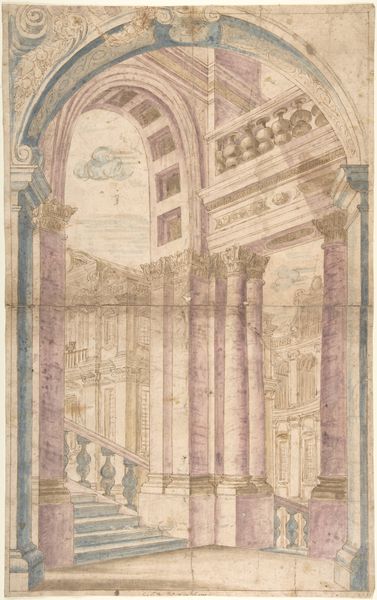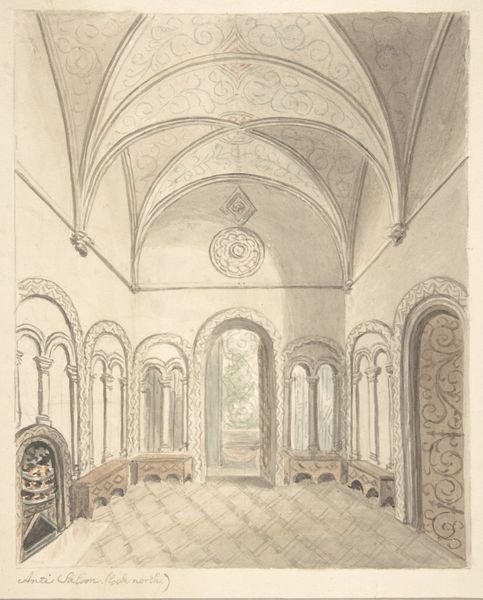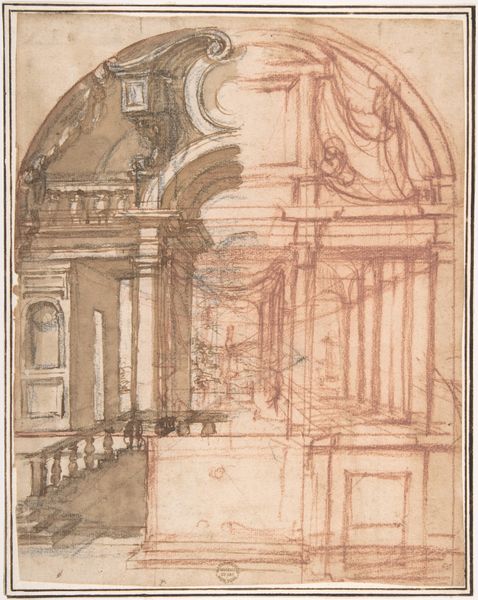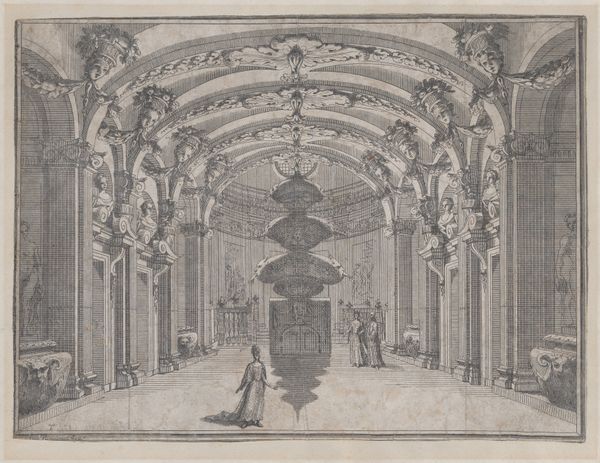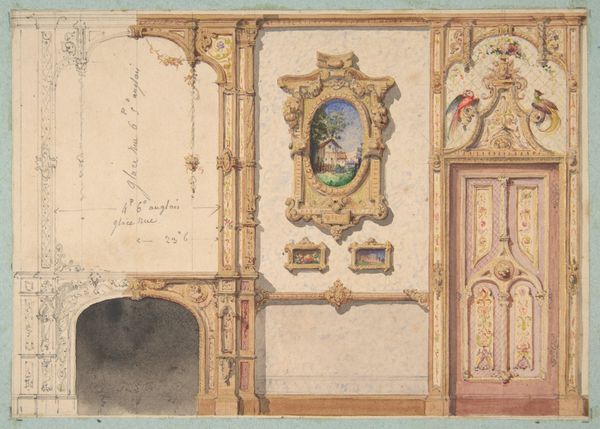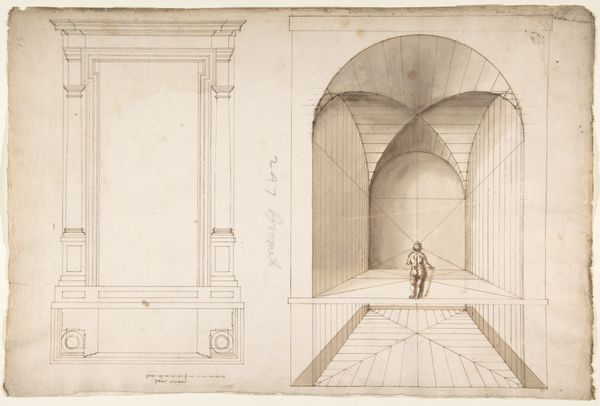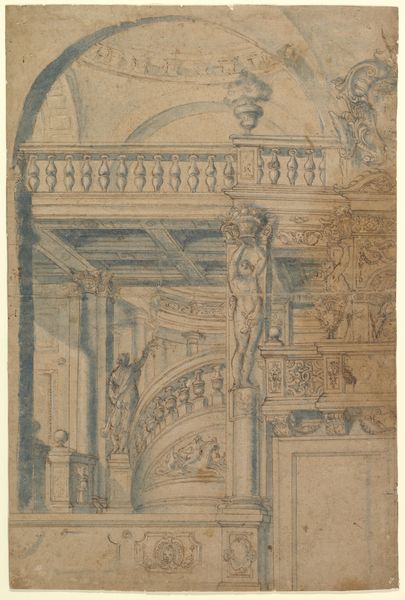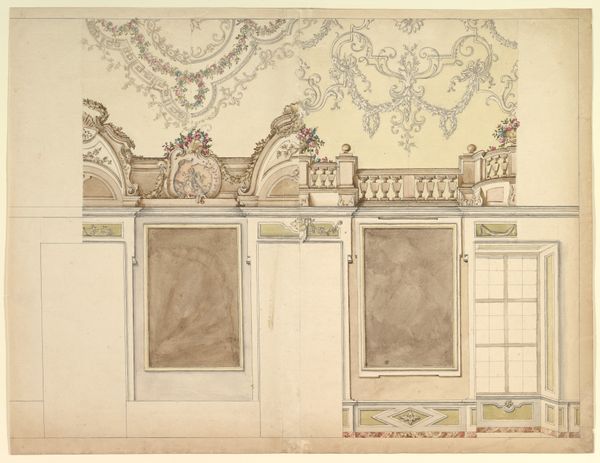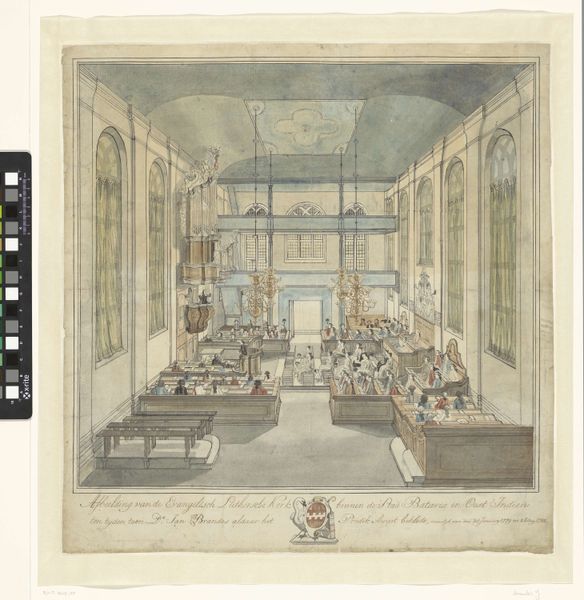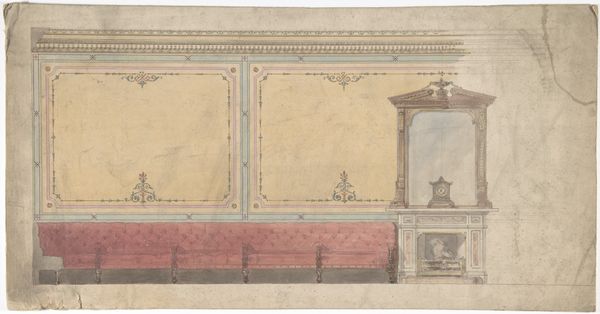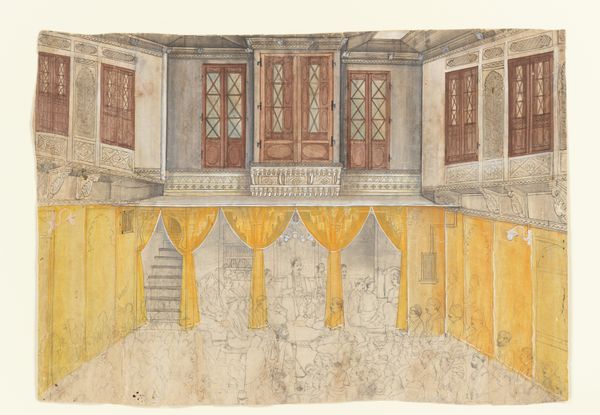
drawing, watercolor, pencil, architecture
#
drawing
#
neoclacissism
#
perspective
#
form
#
watercolor
#
pencil
#
line
#
cityscape
#
watercolour illustration
#
genre-painting
#
watercolor
#
architecture
#
realism
Dimensions: height 406 mm, width 319 mm
Copyright: Rijks Museum: Open Domain
Jan Brandes rendered this interior view of the Lutherse Kerk in Edam, using delicate watercolor and pen and ink. It's a good example of how seemingly traditional materials can still point to broader social and economic forces. Brandes was clearly attentive to the built environment, carefully depicting the architectural elements and interior furnishings. The linear precision achieved through pen and ink defines the clean lines of the church's interior. However, the watercolor washes soften the overall effect, suggesting a human touch, and perhaps even a degree of imperfection, reflecting the labor involved in creating such a detailed image by hand. Consider the social context, too. The Lutherse Kerk was built by craftsmen, and the objects within it – the chandelier, the pulpit, the pews – were made by hand, each reflecting a distinct form of labor, and tradition of craftsmanship, and the mercantile economy that supported it. Brandes's image thus provides a window onto a world of skilled work, and also the patronage that made such fine craftsmanship possible.
Comments
No comments
Be the first to comment and join the conversation on the ultimate creative platform.
